Ariane van Suchtelen photo Vera Bos
« By offering smells to our visitors we want them to be aware of all their senses, especially their sense of smell, when they look art and also to think about how the artist would have played with that effect »
« En offrant des odeurs à nos visiteurs, nous voulons qu’ils aient conscience de tous leurs sens, en particulier de leur odorat lorsqu’ils regardent de l’art et aussi qu’ils réfléchissent à la manière dont l’artiste aurait joué avec cet effet »
The Mauritshuis is home to a world-known collection of more than two hundred masterpieces from Dutch and Flemish masters on display (such as Girl with a Pearl Earring, The Bull and The Anatomy Lesson of Dr. Nicolaes Tulp), in the historic yet intimate interior, the former residence of the Count of Nassau-Siegen, governor-general of Brazil during the colonial age. This historical background is deeply connected with the future exhibition about sweet perfumes and foul odours in the 17th century. The exhibition will open 2021. Ariane van Suchtelen the curator, explains to us how life in the seventeenth century can be captured in smell, how are smell (and scent) portrayed and what cultural significance did people attach to smell. Real scents in the exhibition have also been recreated in a very interactive way to offer the strongest emotional experience due to our brain functioning. This travel discovery through Old Masters is the first exhibition about smell and the visualisation of smell in old master art ever organised by a museum.
Le Mauritshuis abrite une collection mondialement connue de plus de deux cents chefs-d’œuvre du Siècle d’or hollandais, tels que La jeune fille à la perle, Le taureau et La leçon d’anatomie du Dr Nicolaes Tulp, dans l’intérieur historique mais intime de l’ancienne résidence du comte de Nassau-Siegen, gouverneur général du Brésil à l’époque coloniale. Ce contexte historique est profondément lié à la future exposition « Volatilisés – parfums en couleurs » autour de la représentation des parfums et de l’odorat dans l’art du XVIIe siècle, qu’ils soient agréables ou malodorants. L’exposition sera inaugurée en 2021. Ariane van Suchtelen, la commissaire, nous explique comment la vie au XVIIe siècle a pu être saisie par l’odorat, comment les odeurs (et les parfums) sont représentés et quelle importance culturelle les gens attachaient à l’odeur. De véritables odeurs dans l’exposition ont également été recréées de manière très interactive afin d’offrir une expérience émotionnelle plus forte étant donné son incidence sur le fonctionnement de notre cerveau. Ce voyage est la première exposition sur l’odorat et la visualisation de l’odorat dans l’art des maîtres anciens jamais organisée par un musée.
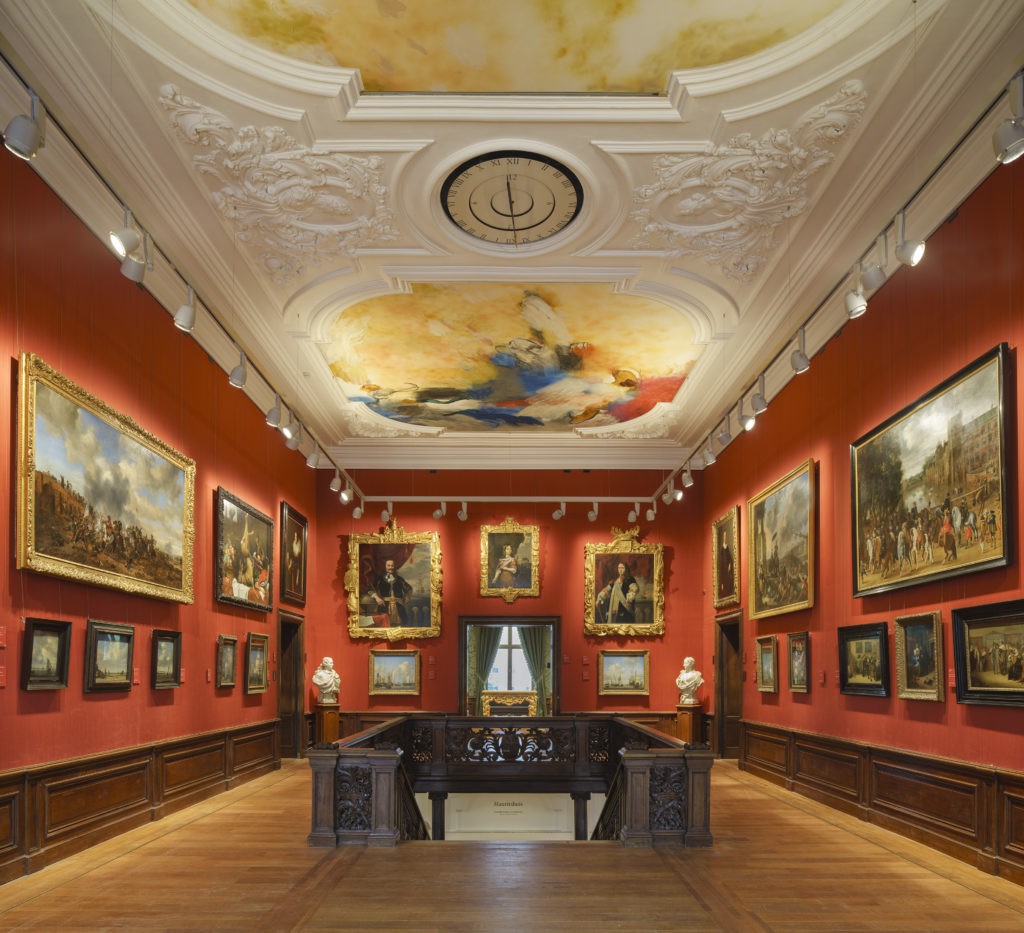
What does the title of the exhibition suggest ?
The title Fleeting – Scents in Colour refers to the invisible fleeting character of smells. The word ‘in Colour’ refers to the visual artworks that are exhibited: invisible vs visible.
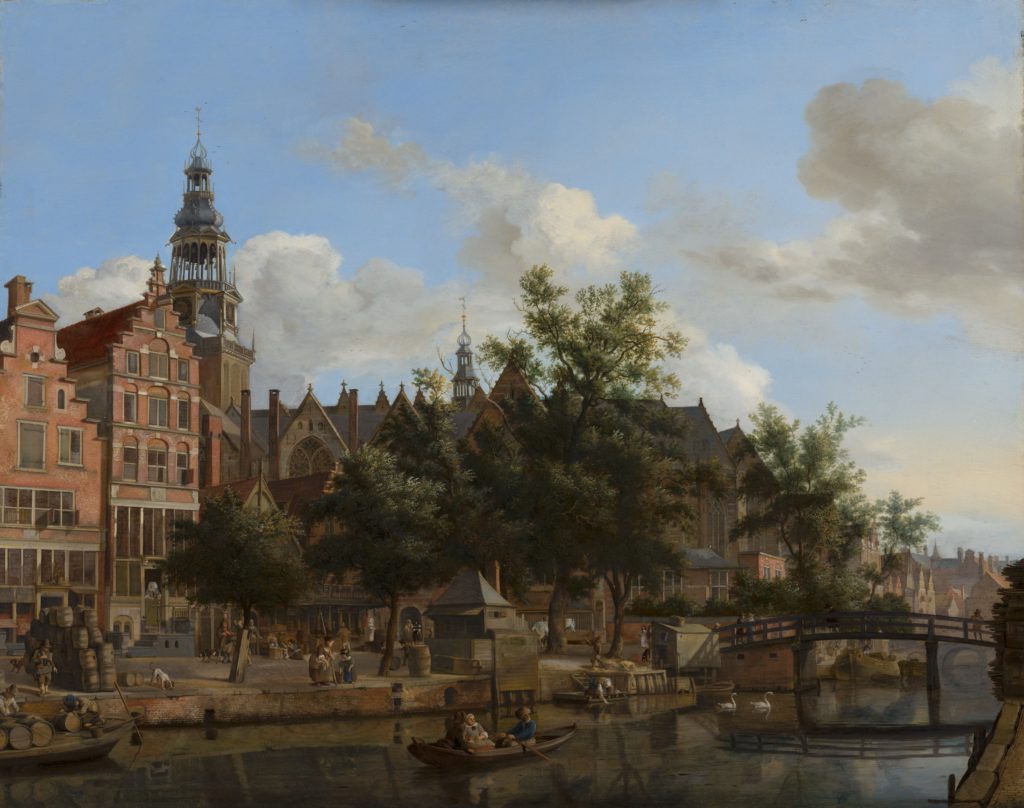
In the exhibition, scent dispensers will enable visitors to take in the different smells portrayed in the art, why was it important to you ?
People can smell eight different places via various scent dispensers. They can smell a clean linen cupboard, bleaching fields, ambergris, myrrh, and the foul-smelling canals. We recreated smells from historical recipes: the smell from perfumes that are used for pomanders, a perforated container filled with highly aromatic substances, but also the smell from a Dutch canal, the smells from a grocery shop with all the spices from faraway worlds. This is important for the museum because if you smell something it has a stronger emotional effect on you than just the vision of it since it is how our brain works. The smell goes straight to our emotions there is no language or recognition in between. The smell gives a very strong presence and experience of what you are living. For instance, if you smell a forest you feel that you are in a forest even though your cognition tells you are not. By offering smells to our visitors, we want them to be aware of all their senses when they look at art and also to think about how the artist would have played with that effect and also how it is a very cultural issue.
If we look at a scene of a Dutch canal (city view of Amsterdam by Jan van der Heyden), you don’t have the association of a very nasty strong stench that a viewer for hundred years ago would have had looking at the same painting. Everything is connected to the cultural background and many psychological aspects we want to emphasize. That is why there are many levels for visitors to experience the exhibition.
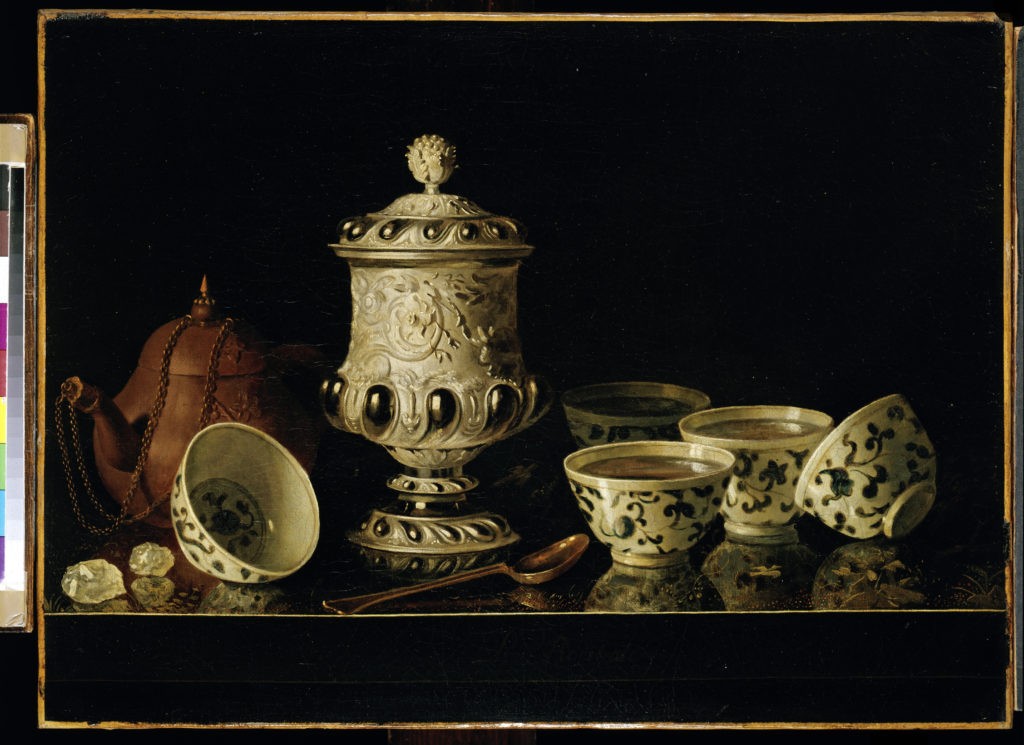
Why is it the first time such an exhibition is organised ?
There have been other initiatives, but the smell remains an underestimated sense. For example, there have been several exhibitions about contemporary or modern art and smell. For the Futurist artists in the 20th century smell was an important aspect of their work. But we are the first to do it with Old Masters. Even if another Dutch museum organised an exhibition about smell during the Golden Period, it was only for children, which is a huge difference.
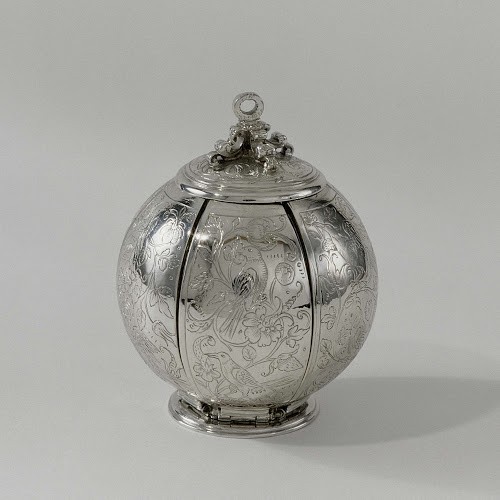
How the Dutch painters create an art of suggestion?
It is often difficult to tell, but within a series of depictions of the five senses it is clear that an artist wants to portray smell. Art is all about illusion and suggestion, but we have to interpret when an artwork specifically refers to smell or has olfactory connotations. The perspective of our exhibition is both art-historical and historical (smells of daily life, smell and health, religion, new smells from far away).
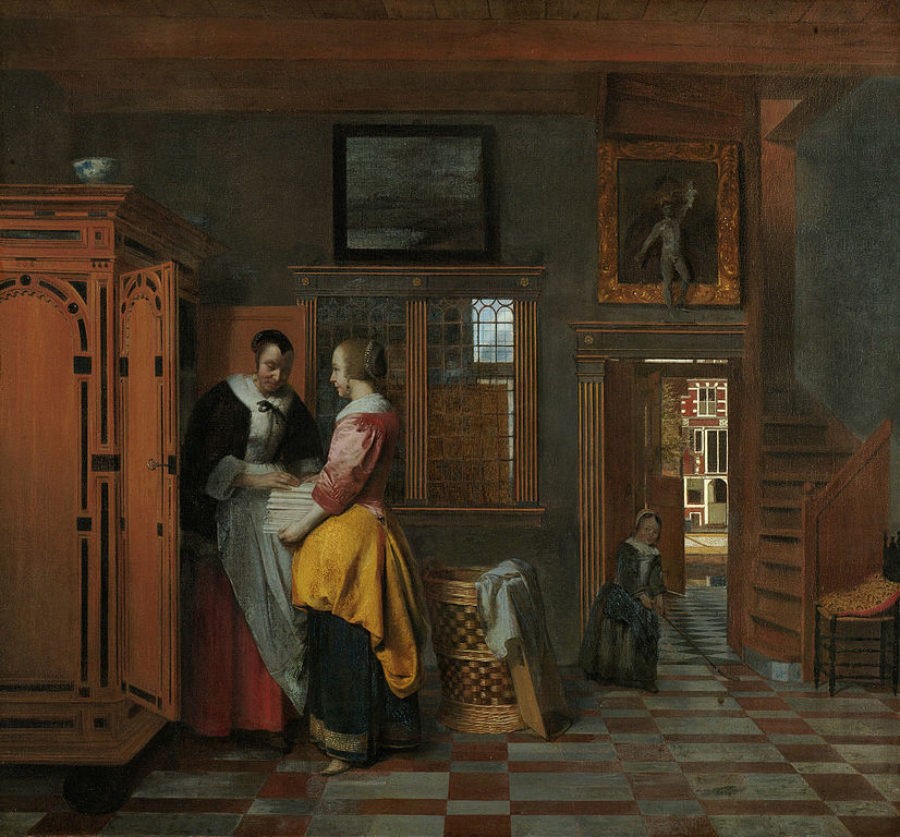
© Mauritshuis
How in the 17th century the aroma and flavours reflect Dutch political and economic power?
These aromas and flavours from far away are closely linked to the creation and economic strength of the Dutch East India Company and Dutch colonial hegemony.
New spices, coffee, tobacco, tea, new fruits, and vegetables were all imported by the Dutch East India Company from the Far East and also the America’s, by the Dutch West India Company.
One chapter of the exhibition is dedicated to this aspect gathering eight works: two paintings of tobacco smokers, one painting by Albert Eckhout who was one of the artists who went to Brazil with the Count of Nassau-Siegen, Dutch governor in the 17th century when a part of Brazil was a Dutch colony. We have a still life with teacups and sugar, a painting of a spice shop and a silver object which is a spice holder form around 1600 which has the shape and coat of arms of one of the Dutch ships that made a first successful trip to the Far East in 1598. It is a symbol of the economic promises of all the riches that would reach the Netherlands from the ‘new’ countries.
The dark side of the story
We are very much aware of the dark side of smells and especially the spells of new spices.
In the text of the exhibition, we refer to the dark side of the colonial trade and the fact that the average Dutch citizen had no idea of, or little interest in the exploitation, oppression, and violence that preceded the moment they stepped inside the shop to purchase these olfactory delights. For example, fourhundred years ago there was a big rivalry and conflict between the Dutch and the English dealing with the monopoly on the production and trade of nutmeg on the Banda islands in Indonesia at the heart of the spice trade which conducted to open violence and armed conflicts for the population. The year 2021 will be the commemoration of this bloody event, that took place 400 years ago.
During the pandemic there has been a strong focus on smell
Yes, indeed in this Covid 19 crisis there has been more attention on our sense of smell, since this sense can be affected by the disease. It is a much more important sense than most of us realise. However, the idea of the exhibition exists for a long time before Corona.
What will be the greatest challenges to come to museums in a post-pandemic area?
The greatest challenge after the pandemic is to reach out to our visitors from all possible backgrounds. This period has made clear how important art and culture are for us all.
More about :
Fleeting – Scents in Colour
Volatilisés – parfums en couleurs
11 February – 6 June 2021
Virtual visit : discover The first Gigapixel Museum in the world
Musée Mauritshuis La Haye – Peintures de l’âge d’or
Organise your stay :


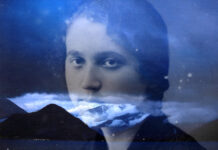
![Rencontre Evelyne Deret, ART [ ] COLLECTOR- « Des Collectionneurs invitent un Artiste »](https://fomo-vox.com/wp-content/uploads/2025/12/DSC7937-218x150.jpg)
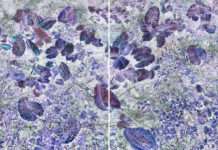
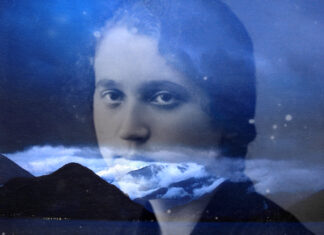
![Rencontre Evelyne Deret, ART [ ] COLLECTOR- « Des Collectionneurs invitent un Artiste »](https://fomo-vox.com/wp-content/uploads/2025/12/DSC7937-100x70.jpg)

